Evolution of Foot Coverings: A Timeline
Understanding the journey of foot coverings through the ages isn't just for sock geeks or fashion historians; it's a fascinating glimpse into human ingenuity and cultural evolution. From the primitive wrappings of yore to the high-performance socks of today, each step in the history of socks reveals something about our ancestors' lifestyles and values. In this article, we'll walk you through the pivotal moments in the development of foot coverings and how they've evolved to suit our needs and express our individuality.
The Origins of Footwear
Long before sock styles became a topic of conversation, the primary goal of foot coverings was protection. Prehistoric people needed to shield their feet from harsh terrain and cold temperatures.
Ancient Wrappings and Sandal Socks
The earliest known footwear, dating back to around 5000 BCE, consisted of animal skins or furs wrapped around the feet. Evidence from ancient civilizations like the Egyptians shows us that by 4000 BCE, these crude wrappings had evolved into more sophisticated designs, including the earliest forms of sandals.
Interestingly, the first "socks" were often worn with sandals, crafted from animal hair or wool and designed to provide both warmth and a buffer between the foot and the tough leather of the sandal. These early creations paved the way for the diverse array of sock styles we see today.
A Step into the Middle Ages
As we stride into the Middle Ages, sock styles began to reflect social status and became more elaborate for the wealthy.
Knitted Wonders
Knitting, invented in the Middle East around the 5th century CE, revolutionized sock production. By the 1000s, knitted socks were a status symbol in Europe, with elaborate patterns and vibrant colors adorning the feet of the elite.
The Crusader Influence
The Crusades also played a role in sock evolution. Crusaders returning from the Middle East brought back silk, which European sock makers soon incorporated into their designs. The sock geeks of the time would have marveled at the luxury and softness of silk foot coverings.
The Renaissance: A Time for Elegance
The Renaissance era brought about a renewed focus on art and beauty, and sock styles were no exception.
The Birth of Stockings
During this period, what we now refer to as stockings came into vogue. These were long, reaching above the knee, and often made from luxurious materials like silk and finely spun wool. They were held up by garters, which could be just as ornate as the stockings themselves.
The Industrial Revolution: Socks for the Masses
With the dawn of the Industrial Revolution came technological advancements that democratized sock production.
The Knitting Machine
The invention of the knitting machine in 1589 by William Lee changed the game, making it possible to produce socks faster and more efficiently than ever before. This marked the beginning of socks becoming an everyday item, not just a luxury for the wealthy.
Cotton and Elastic
The introduction of cotton and elastic materials made socks more comfortable and accessible. By the 19th century, socks were a standard part of the working person's wardrobe, and sock styles varied widely according to function and fashion.
20th Century: The Rise of Sock Geeks
The 20th century saw an explosion of innovation in sock styles and materials.
Nylon: A Sock Revolution
In 1938, the invention of nylon provided a strong, elastic, and affordable material that transformed the sock industry. Nylon stockings became an instant hit, especially among women, as they were more durable and sheer than silk.
Sports and Socks
The latter half of the 20th century brought about a focus on specialized socks for sports and outdoor activities. Materials like polyester and spandex offered moisture-wicking properties and a snug fit, making them ideal for athletic endeavors.
The Modern Era: Functional and Fashionable
Today, we live in a golden age of sock styles, where function meets fashion, and there's a sock for every occasion.
Smart Socks
Technology has even made its way into our socks, with smart socks equipped with sensors that can track steps, monitor health, and even control other devices.
Sustainable Socks
Sustainability has become a key concern for sock manufacturers and consumers alike. Organic materials and ethical production practices are increasingly important in the production of modern socks.
Sock Styles Through the Decades
Let's take a brief walk through the sock styles that have defined recent decades:
1950s - Argyle and Ankle Socks
Post-war fashion saw a surge in preppy argyle patterns and cute, feminine ankle socks that embodied the optimistic spirit of the era.
1960s - Go-Go Socks
As hemlines rose, so did sock lengths. Go-go boots and their accompanying knee-high socks became iconic symbols of '60s fashion.
1970s - Tube Socks
The casual and sporty look of the 1970s was perfectly complemented by the rise of the striped tube sock, worn pulled up high with shorts and sneakers.
1980s - Slouch Socks
The '80s brought us slouch socks, often layered in vibrant colors, which matched the decade's bold and excessive style.
1990s - Grunge and Novelty Socks
The grunge movement embraced the practical, while novelty socks with zany patterns and characters catered to a playful, ironic sensibility.
2000s and Beyond - The Sock Renaissance
We've seen a resurgence in sock appreciation, with sock geeks celebrating everything from minimalist designs to wild prints and collaborations between high fashion brands and sock companies.
Conclusion: The Future of Socks
The history of socks is a testament to human creativity and adaptation. From their humble beginnings as protective coverings to their present status as fashion statements and technological marvels, socks have come a long way. As we look to the future, we can only imagine the innovations that await in the world of sock styles. Whether for function, fashion, or a bit of both, one thing is certain—socks will continue to evolve as a reflection of our ever-changing world.




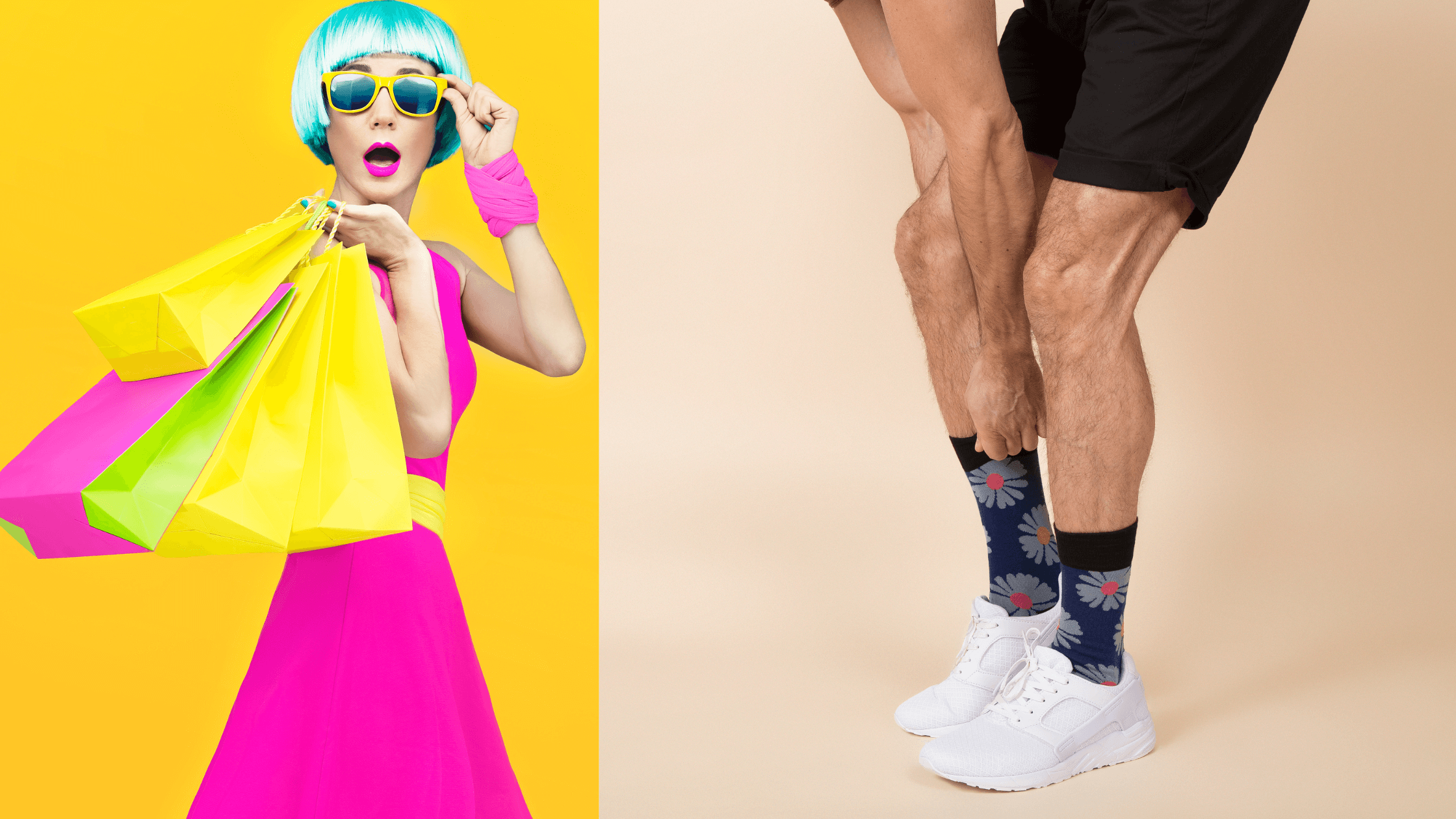
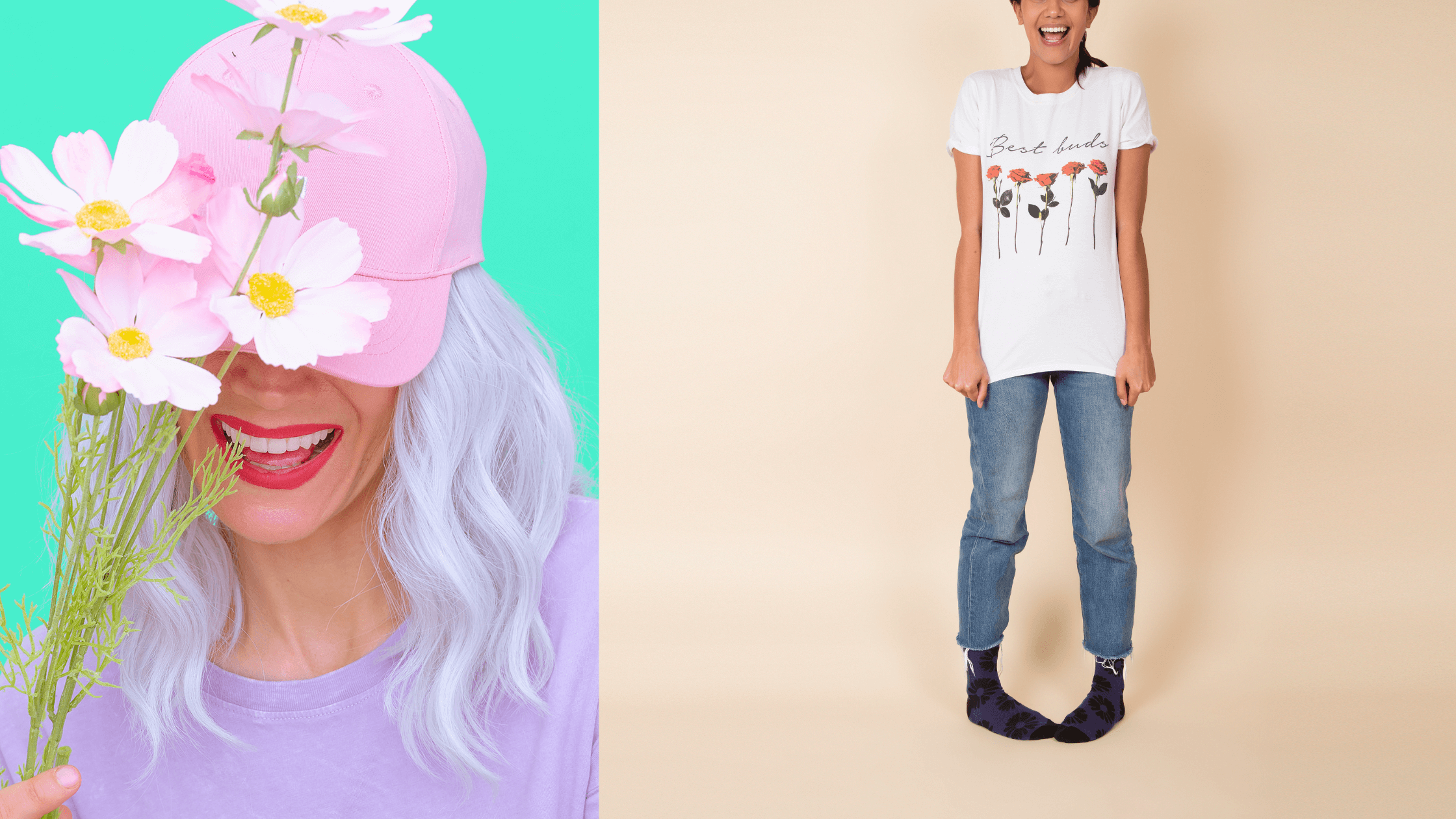
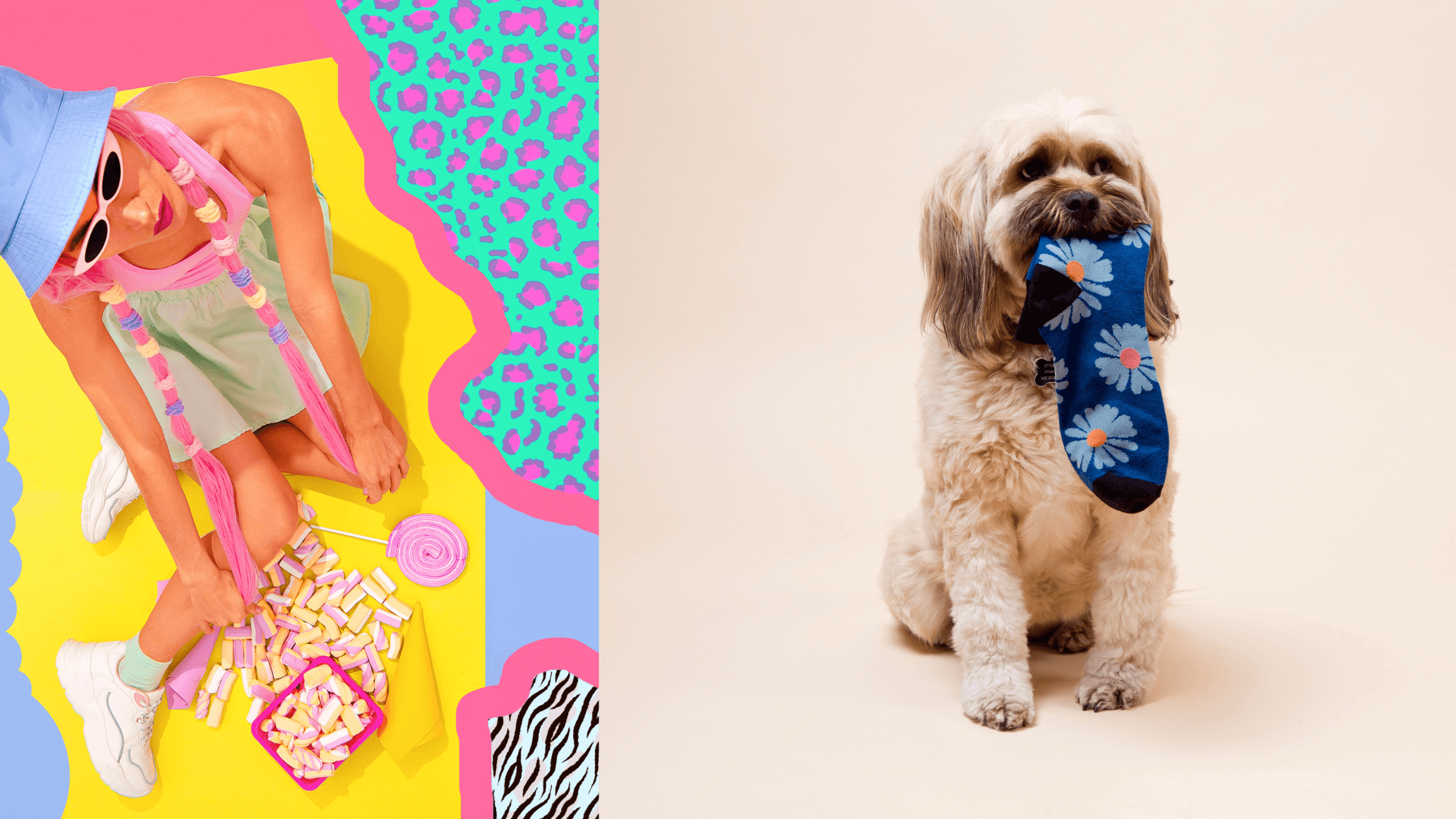






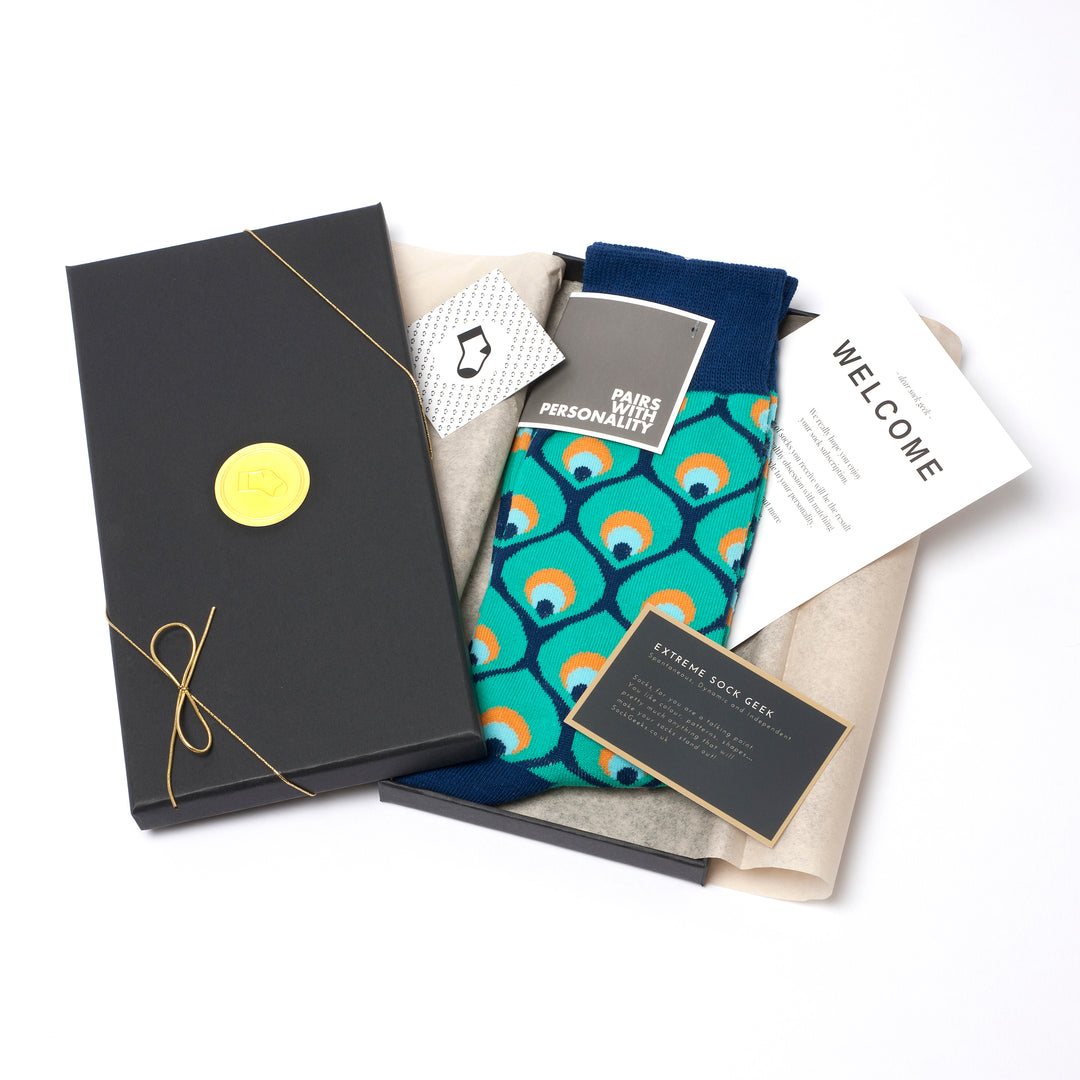
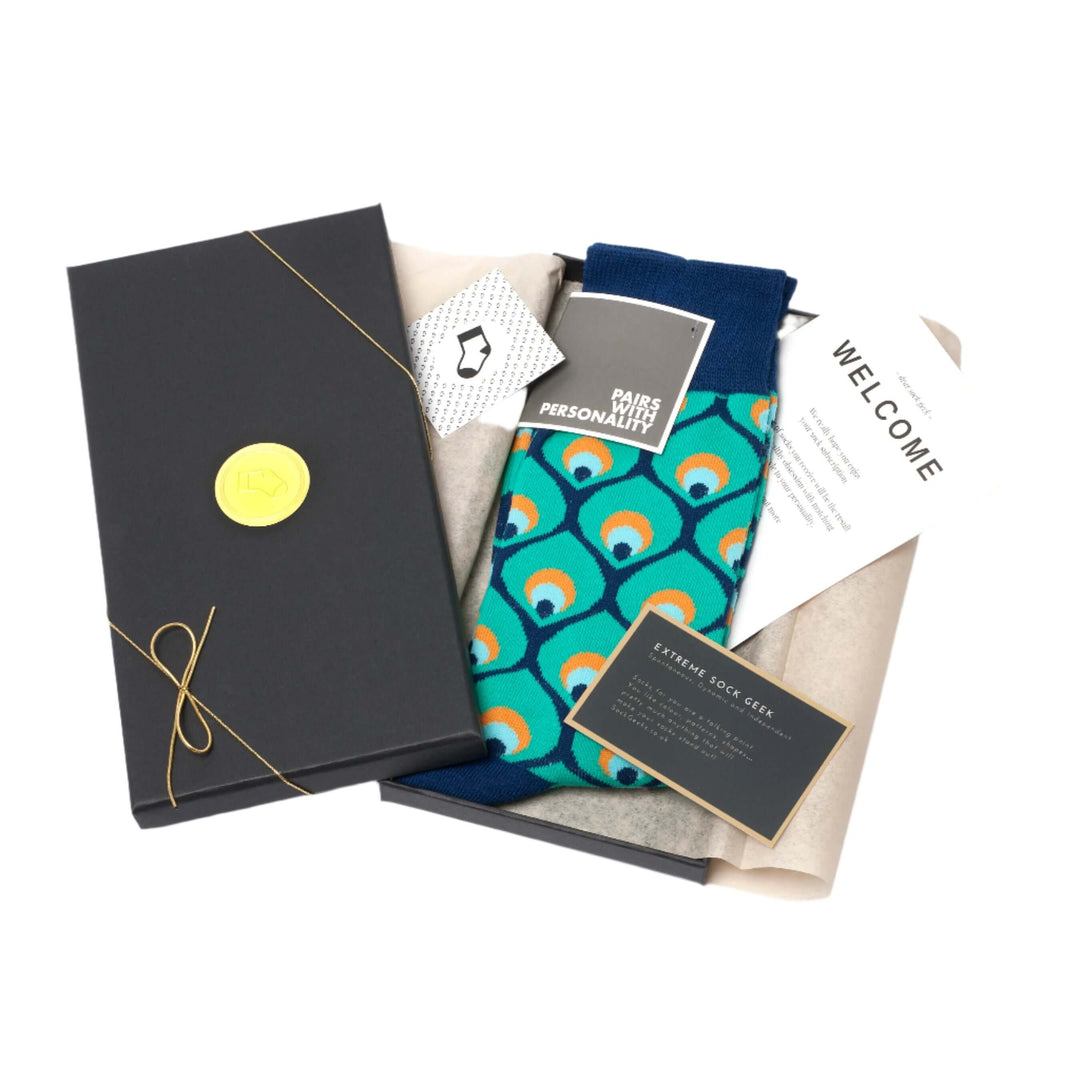
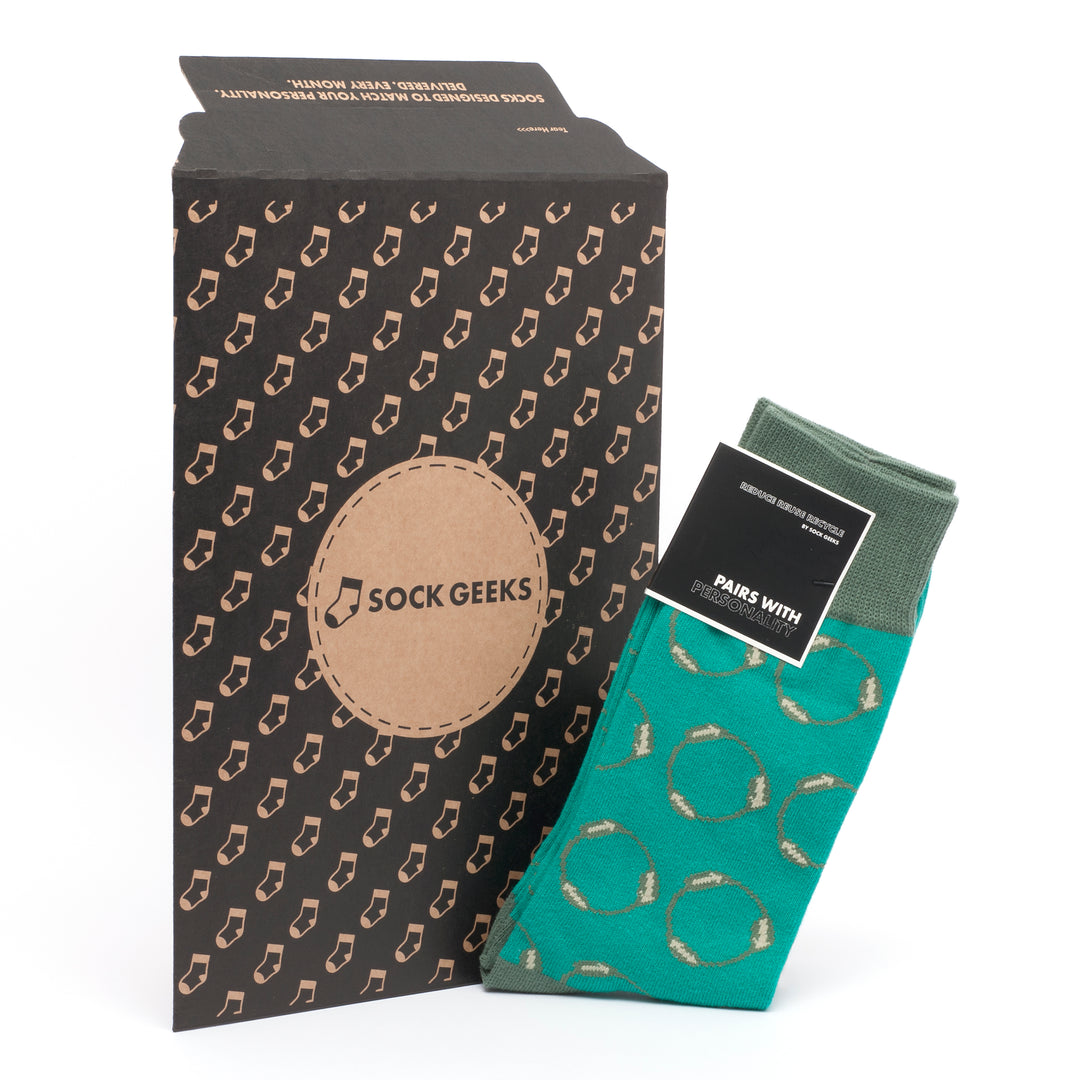
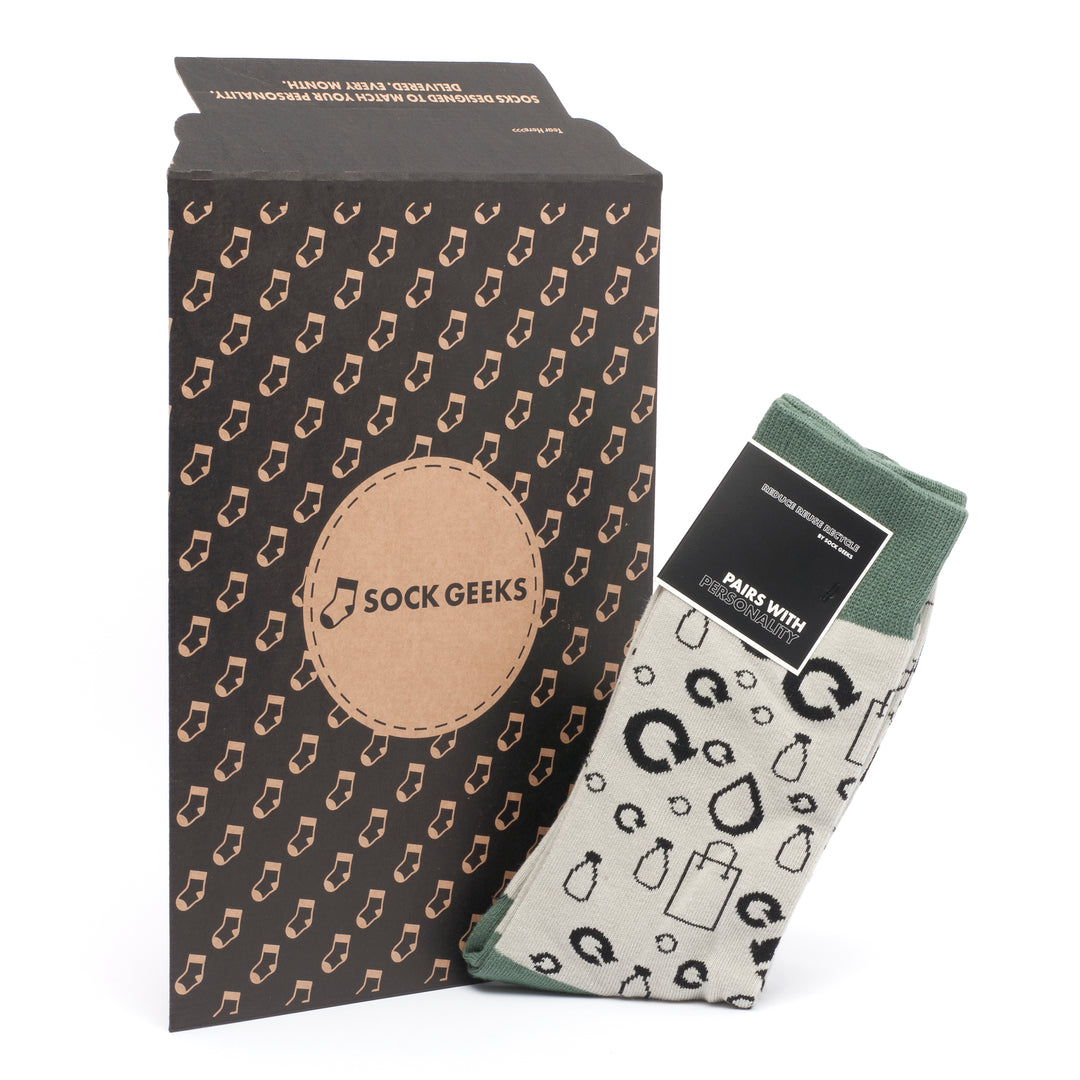



Leave a comment